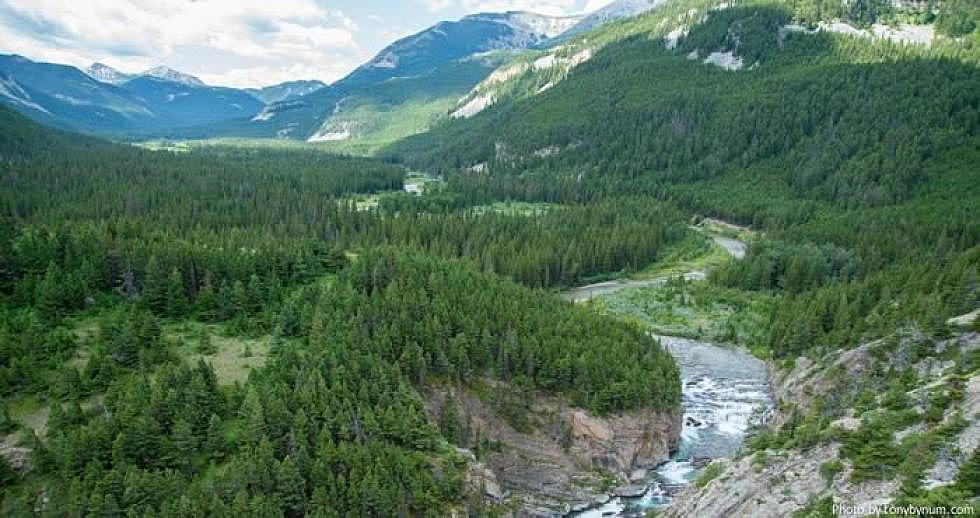
Zinke suggests designation of Badger-Two Medicine as national monument
While recommending that 10 national monuments be downsized or opened to development last month, Interior Secretary Ryan Zinke also suggested protection for 130,000 acres in Montana’s Badger-Two Medicine area.
Considered sacred land by the Blackfeet Tribe, the Badger-Two Medicine lies within the Lewis and Clark National Forest and shares boundaries with the Bob Marshall Wilderness, Blackfeet Indian Reservation and Glacier National Park.
Zinke had previously promised the tribe he would work to protect the area from oil and gas development and other intrusions, an effort advanced by the tribe and conservationists for decades.
In his Aug. 24 memo to President Donald Trump, Zinke wrote: “It is recommended that this area be considered for designation as a national monument and as a candidate for co-management with the Blackfeet Tribe.”
The White House and Interior Department have refused to release the memorandum, but the Washington Post obtained a leaked copy of the document and posted it online on Sunday.
The Badger-Two Medicine recommendation comes near the end of the 19-page memo, in an unexpected section titled “monument additions.”
Zinke also suggested monument designation for Camp Nelson, a 1863 Union Army depot, training center and hospital in Kentucky that covers 4,000 acres, and for the Medgar Evers Home in Jackson, Miss., where the civil rights leader lived and was assassinated in 1963.
“There are many instances of the use of the Act for the proper stewardship of objects of cultural, historic or scientific interest,” Zinke told the president, who ordered the review of two dozen monuments for possible downsizing or elimination. “Some stakeholders have brought to DOI’s attention new sites that merit protection and designation under the Act. This would provide an opportunity to lay out a standard for public input and process for monument designations in the future.”
Zinke said any new monument designations should occur only after a process that includes “clear criteria for designations and methodology for meeting conservation and protection goals. Both should be fully transparent so that the public may meaningfully weigh in on the need for designation and weigh the benefits of protection against economic harm to the public.”
The monuments could be designated either via legislation, regulations or internal guidance within the Executive Branch, such as an Executive Order or a Secretary’s Order, Zinke said.
In the same memo, Zinke recommended that Trump reduce boundaries for Utah’s Bears Ears and Grand Staircase-Escalante, Nevada’s Gold Butte and Oregon’s Cascade-Siskiyou. He also called for relaxing current restrictions within some of the national monuments’ boundaries for activities such as grazing, logging, coal mining and commercial fishing.
Besides reducing the four sites, Zinke called for changes at Maine’s Katahdin Woods and Waters, New Mexico’s Organ Mountains-Desert Peaks and Rio Grande del Norte, two Pacific Ocean marine monuments and another marine one off the New England coast.
